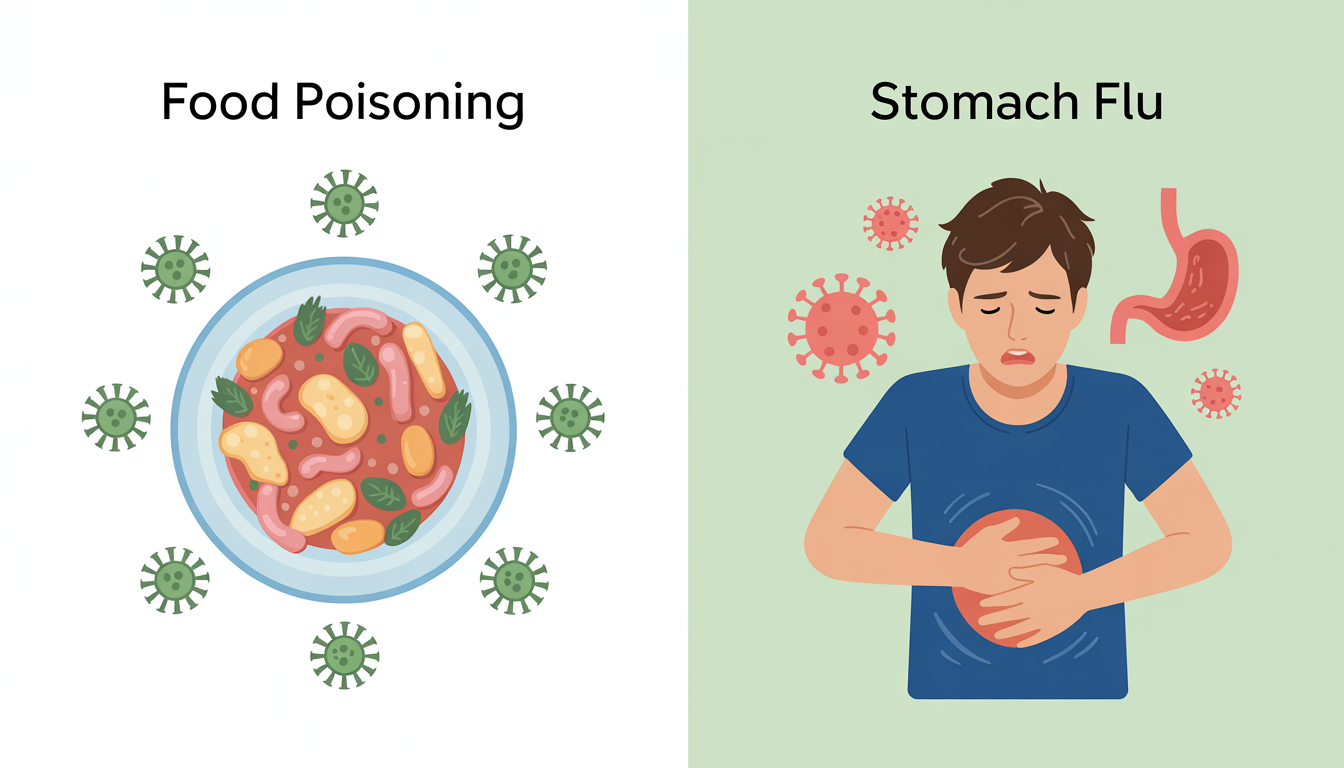How Long Can Coffee With Milk or Creamer Sit Out?
If you prefer to add milk or creamer to your coffee, its flavor profile deteriorates faster. Since milk and creamer can grow bacteria when left at room temperature, your creamed coffee will only last up to two hours before it may begin to spoil on your desk or counter. The FDA advises consumers to throw out food and drinks intended for refrigeration—in this case, milk or coffee creamer—once the two-hour point passes.
What Happens if You Drink Bad Coffee?
Most coffee is initially prepared hot before it begins to cool in a coffee pot or mug. Once it cools off, it can become a breeding ground for bacteria, especially when it has milk or creamer. If you happen to drink old coffee, it may also taste slightly “off,” helping you know whether it’s no longer good to drink. Instead of forcing it down, simply throw it out and make yourself a fresh cup.
Some bacteria that can grow in a neglected cup of coffee include Salmonella, E. coli, and Listeria—the big three.
Salmonella
Salmonella is one of the most common bacteria that cause food poisoning, resulting in about 26,500 hospitalizations annually in the United States. If Salmonella from spoiled milk or creamer makes its way to your intestines, it can cause very uncomfortable symptoms, including diarrhea, stomach pains, nausea, fever, and headaches. It usually lasts several days, but people with certain health conditions or who are over 65 may be at risk of more severe illness.
E. Coli
E. coli is another type of bacteria that can cause illness. While E. coli is present in the gastrointestinal tract of most individuals, certain strains can cause sickness or release toxins in your body. E. coli can grow quickly in spoiled milk and creamer. If ingested, you may experience an infection or symptoms like diarrhea, stomach cramps, and fever. E. coli can also enter the urinary tract, resulting in pelvic pain and foul-smelling urine. Symptoms can last up to 10 days and may require medical treatment, including antibiotics.
Listeria
Listeria is a less common but still dangerous bacteria that can cause severe illness and even death. It can grow in dairy products left sitting too long at room temperature—including the milk or creamer in your coffee.
A listeria infection is particularly risky for pregnant women, older adults, and immunocompromised individuals. Listeria symptoms include fever, fatigue, headache, confusion, and seizures. However, you may not develop symptoms for up to two weeks after accidentally ingesting the bacteria. Fortunately, there are many ways to prevent Listeria.
Side Effects of Drinking Bad Coffee
Again, drinking a cup of coffee that sat out for too long won’t just leave a bad taste in your mouth—it can also lead to food poisoning. Depending on the pathogen, you may notice symptoms appear after a few hours or several days after drinking it, including:
- Upset stomach
- Diarrhea
- Fever
- Headache
- Stomach cramps
Occasionally, food poisoning can also impact the nervous system and lead to blurred vision, fatigue, or difficulty swallowing. If you think you may have food poisoning from coffee, it’s important to seek medical attention, especially if your symptoms are severe.
How Do You Know if Coffee Has Gone Bad?
Whether you brewed your coffee or bought it at your local coffee shop, there are a few ways to tell if it is no longer sip-worthy.
Bad coffee typically has an accompanying bad smell. It won’t have the pleasing aroma we expect. Instead, it may smell sour. If your coffee has creamer or milk that’s gone bad, you may also notice a few unexpected lumps or even mold. Throw it out without tasting it.
If you brew coffee using your own coffee beans, pay attention to the roast date. Coffee beans can start to go bad within two weeks of roasting. Good coffee beans are crisp and fragrant, while spoiled beans may be soft, oily, or discolored. Inspecting beans for mold before brewing is also a good idea.
If you purchase your coffee at a local shop, pay attention to the cleanliness of the facility and the products they use. If you notice dairy products left unattended at room temperature or improper storage of coffee beans, you may be better off buying coffee elsewhere.
Storing Coffee in the Fridge
Some people prefer a cup of iced coffee, especially in hot weather. If you plan to store your brewed coffee in the fridge for later consumption, it can last up three or four days in a sealed container before it starts to go bad. However, if you leave it in the refrigerator that long, you may notice that it doesn’t taste quite as good.
Cold brewing is another popular way to prepare coffee, and the result lasts longer in the refrigerator (up to 10 days) than a traditional brew. However, if you add water to cold brew concentrate before storing, it’s best to drink it within a maximum of four days.
Adding milk or creamer to cold brew stored in the refrigerator shortens its freshness to one to two days. Before drinking stored cold brew, inspect it for signs of spoilage, such as a bad odor or mold.
Mold in Coffee Makers
If you frequently brew coffee at home, clean your coffee maker regularly. The combination of water, steam, and coffee beans can create an ideal environment for bacteria and mold, especially within the water reservoir, where it’s dark and moist. While you may not peer into your coffee maker all that often, the only way to prevent pathogenic growth is by cleaning it.
Daily coffee brewers should aim to clean their traditional coffee maker at least once every two weeks. To do so, fill the water tank with vinegar and water, then let it percolate. After it finishes, rinse out the residue.
If you brew coffee using a Keurig or similar machine, use the same approach. Simply omit the coffee pod. Let the mixture sit for 30 minutes before rinsing it out.
Finally, wash your coffee pot with dish soap and hot water after every use. While it’s not as likely to be a breeding ground for mold and bacteria, cleaning it will keep your coffee tasting great.
Contact Keep Food Safe to Connect With an Attorney
If you believe contaminated coffee made you sick due to negligence by a distributor or food service establishment, you may be entitled to legal compensation for your illness and related expenses. Contact Keep Food Safe to connect with an experienced food poisoning lawyer who can explain your legal rights and options.




